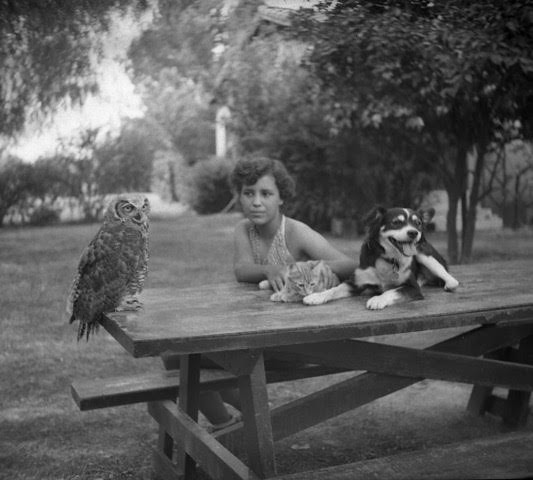At 1533 E. Helen St. is a charming 88-year-old Spanish Style townhouse, now decked in modern additions: a wheelchair access ramp, barred windows and an almost crudely covered porch. The house is now property of the University of Arizona and houses the Key Desk, but for over 60 years, it was the home of two university professors and their children.
In 1925, Edwin Carpenter and Ethel Carpenter met as professors of different sciences, one looking for beauty on the ground and another searching for wisdom in the stars, said their daughter Emily Carpenter-Long.
He was a nationally recognized astronomer, a would-be director of the Steward Observatory and head of the Astronomy Department, and she was a fearless biologist and prolific writer.
RELATED: Q&A: Scott Ordway shares his composition with the desert crowd
They were good friends for a long time — they were hiking buddies that traversed the Tucson mountains and surrounding desert for hours, returning just in time to watch the sunset. Then, in 1933, after the tragic death of Edwin’s first wife, they married and bought the little house on Helen Street soon after.
Edwin and Ethel were nature lovers and photographers who spent every spare penny on cameras, summer road trips with the family and classical records, Carpenter-Long said as she recalled her childhood memories.
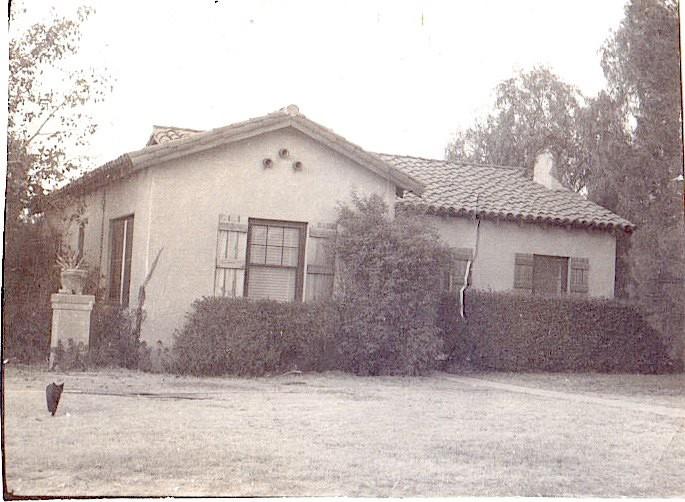
Ethel developed hundreds of photographs in the dark room of the observatory, and after having her children, Roger Carpenter and Emily Carpenter-Long, she had a black screen on the kitchen window she used as a makeshift darkroom at the house on Helen Street.
On the oven roaster in the kitchen was a printer. The Carpenters printed all their photos and Christmas cards on their own.
After summer trips to places unknown, where they had captured everything in nature on 35 millimeter slides, Edwin and Ethel hosted dinner and a slide show of their best pictures from their family adventures.
“My parents loved to entertain. It was always pretty lively despite only two children,” Carpenter-Long said. “Everybody would be lined up on the couch, and my father would talk about every slide on the projector.”
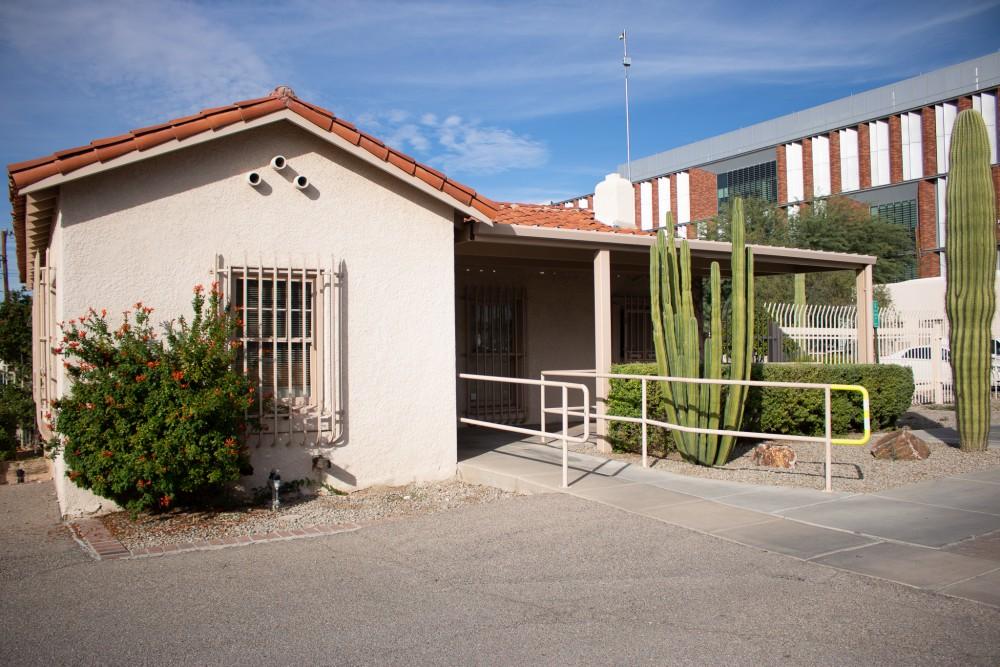
Edwin would also host astronomers when they came to Tucson for the winter to observe the stars. On Thanksgiving, the dinner table was always filled with scientists, Carpenter-Long said.
They were a family of scientists, with their children following their mother’s footsteps in their love for the Earth’s creatures. Roger said he wanted to be a herpetologist and eventually became a zoology professor. And though Carpenter-Long is identified as a Phoenix artist, she also earned degrees in zoology and botany.
“My father’s aspect of science was magical and wonderous, contemplating distances and nebuli and white dwarf stars,” Carpenter-Long said. “Whereas my brother and I enjoyed handling animals and picking flowers. We became collectors.”
And the desert wildlife seemed fascinated with Carpenters, too. Soon enough, the basement was full of snakes in terrariums and baby hamsters. Some wilder things also found their way to the tiny house.
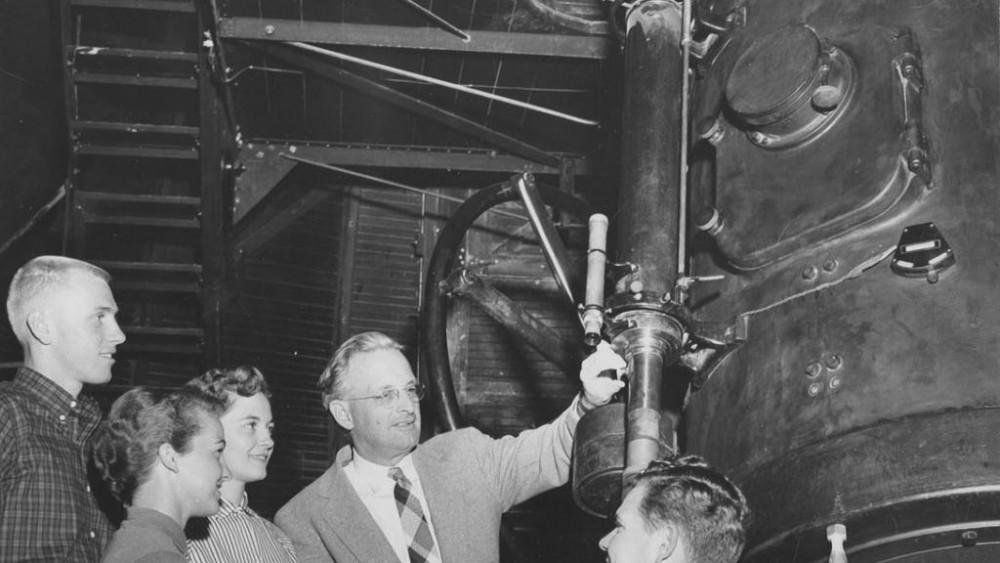
“We always had animals — stray cats, stray dogs, an owl once,” Carpenter-Long said. “We even had a pet bobcat. My brother brought home a kitten from the Sonoran Desert Museum. His name was Geronimo and he purred so loudly you could hear him all throughout the house.”
RELATED: Wildcats Anonymous strive to help college students achieve sobriety
In 1963, Edwin died of a heart attack. The UA had the right of eminent domain over the properties surrounding his family’s home and Ethel feared they would take the house from her, according to Carpenter-Long.
“[The UA] said Mother could stay in the house until she died,” Carpenter-Long said. “I don’t think they expected her to live to 95 years old.”
After her mother’s passing in 1995, the UA bought the house on Helen Street, but Carpenter-Long managed to take all the old light fixtures and a chandelier.
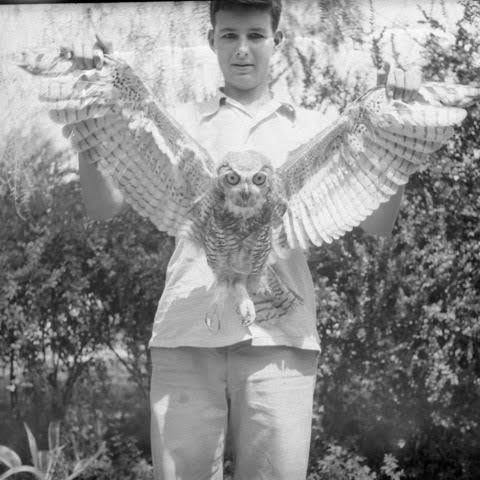
That was not the end of the story. When cleaning out the house, Carpenter-Long found a massive collection of letter correspondences between her mother and grandmother in Maryland over the years.
Ethel had written to her family every single day. It turned out that Carpenter-Long’s grandmother had saved every letter Ethel wrote.
Carpenter-Long took the mass of letters home and, after having these letter for such a long time, unsure of what to do with them, threw them all in the garbage.
“I felt so guilty that the next morning I scooped them all out, put them back in the footlockers, drove them down to Tucson, handed them to my brother and said, ‘Here, you throw them out’,’” Carpenter-Long said. “He didn’t throw them out. Instead, he decided there was a story there, edited all of those letters and self-published two volumes.”
The two volumes, “Letters from Tucson, 1925-1927” and “Letters from Tucson, 1933-1942” by Ethel Carpenter, edited by Roger Carpenter, chronicle the Arizona life of this family during the Depression from the open-eyed perspective of a scientist, wife and mother during two vital periods of her life.
They are the story of a city, a family and a home. If the walls of the little house on Helen Street could speak, it would tell these stories.
Follow Daily Wildcat on Twitter



